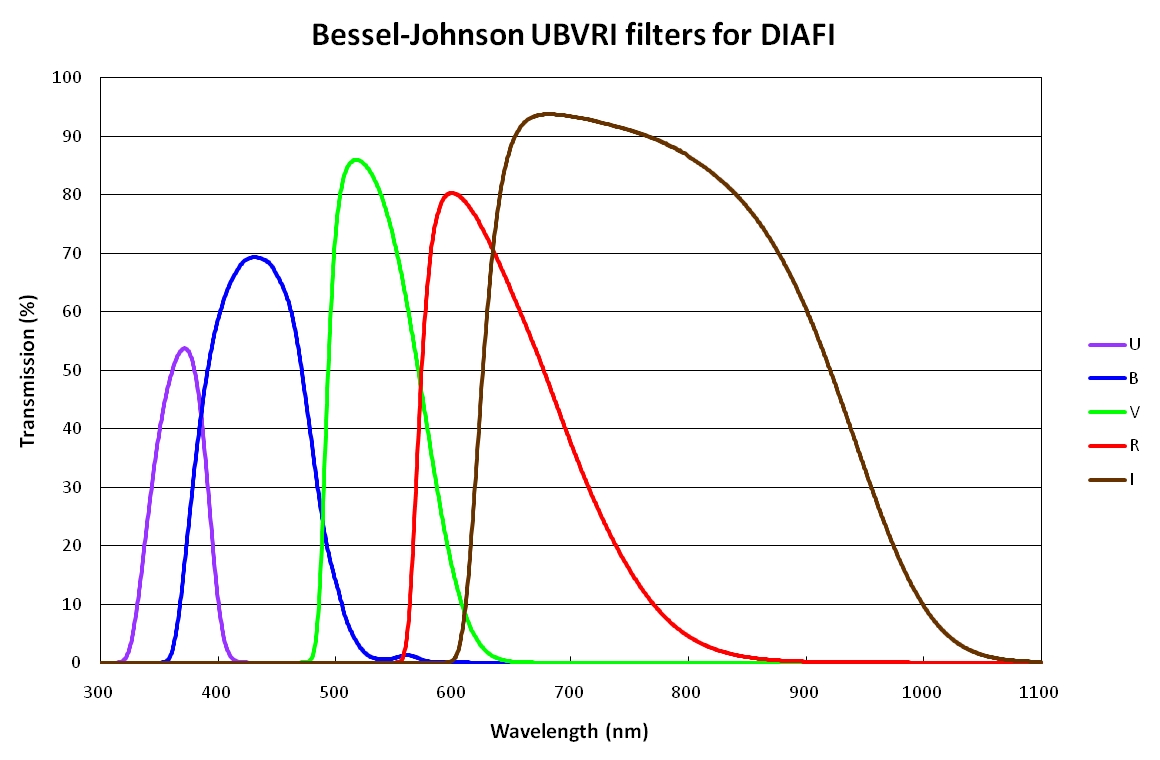Veil Nebula Mosaic
The Veil Nebula is part of a massive supernova remnant in the constellation Cygnus called the Cygnus Loop. The Cygnus Loop as a whole is 3 degrees across. The portion shown here, the Western Veil Nebula, is sometimes called the Witch's Broom Nebula or the Filamentary Nebula for its wispy filaments of gaseous material, which can be seen especially well through the OIII filter (unavailable on the camera used to capture the images that made up this mosaic). The OIII filter admits light of the wavelength 500.7 nm, which is given off by doubly-ionized oxygen. The portion of the nebula shown here is about 1.25 degrees by .5 degrees, or about 1 moon by 2.5 moons.
The image above is 10 pictures stitched together using MaxIm software. Each tile of the mosaic required 4x3-minute exposures for each filter on the Whitin Observatory’s Sawyer 24-inch Reflector telescope. I recorded the data with the observatory’s SBIG camera, which has a 1024x1024 pixel CCD. There was one exception to this protocol: the tile containing that obscenely bright star. The star, 52 Cyg, has a magnitude of 4.2 — bright enough to see with the naked eye. For the tile containing 52 Cyg, I decided to split the obervations into shorter pieces to minimize oversaturation. Each filter still got 12 total minutes of exposure, but broken up into 10- and 12-second chunks.
BLUE FILTER

GREEN FILTER

RED FILTER

The red image is a composite of images taken with the R and H-alpha filters. The R filter accepts wavelengths between 575 and 740 nm, while the H-alpha filter takes only light of wavelength 656 nm. H-alpha is an emission wavelength common in nebulae which indicates the presence of ionized hydrogen, because it is emitted when electrons fall from the 3rd to the 2nd energy level in a hydrogen atom.

